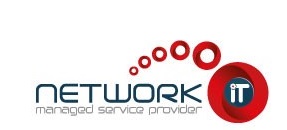Knowledgebase
PHP PEAR Packages
PEAR packages are pieces of software written in the PHP scripting language. cPanel makes it easy to search for and add PHP PEAR packages to your website. Click PHP PEAR Packages to view all available PHP packages, search for a specific kind of package, or, if you know its name, add one immediately.
View Available PEAR Packages
To view all available PEAR packages:
- Click Show Available PHP Extension(s) and Application(s).
- Once you find the PEAR package you want to install, click Install.
Search Available PEAR Packages
To search for a PEAR package based on a topic or keyword:
- Type the keyword into the Search box and click Go.
- Once you find the PEAR package you want to install, click Install.
- To view the PEAR package creator’s documentation, click Show Docs.
Â
Install a PEAR Package
If you know the name of the PEAR package you want to install:
- Type it in the box under Install a PHP Extensions and Applications Package.
- Click Install Now.
The Installed PHP Extension(s) and Application(s) Table
The Installed PHP Extension(s) and Application(s) table lets you manage the PEAR packages you have installed. The table shows the name of the software (Module Name), its version, and what you can do with it.
- If you believe a PEAR package is out-of-date, cPanel can update it for you. To update a PEAR package, click Update.
- If you believe a PEAR package has become corrupted or lost, you can reinstall it. To do this, click Reinstall.
- If you wish to uninstall a PEAR package, click Uninstall.
- To view the PEAR package's documentation, click Show Docs.
System Modules
There are certain PEAR packages that come pre-installed in cPanel. You can see a list of these by clicking Show System Installed Modules.
Remember: System installed modules cannot be removed. You can see the documentation for the system installed PEAR packages by clicking Show Docs.


